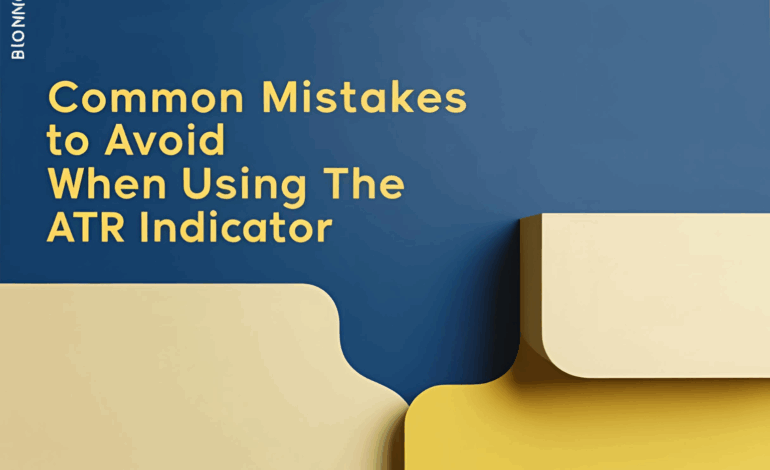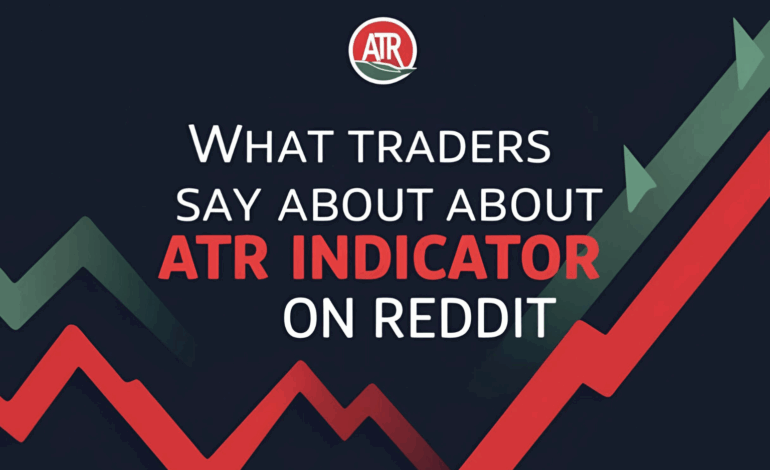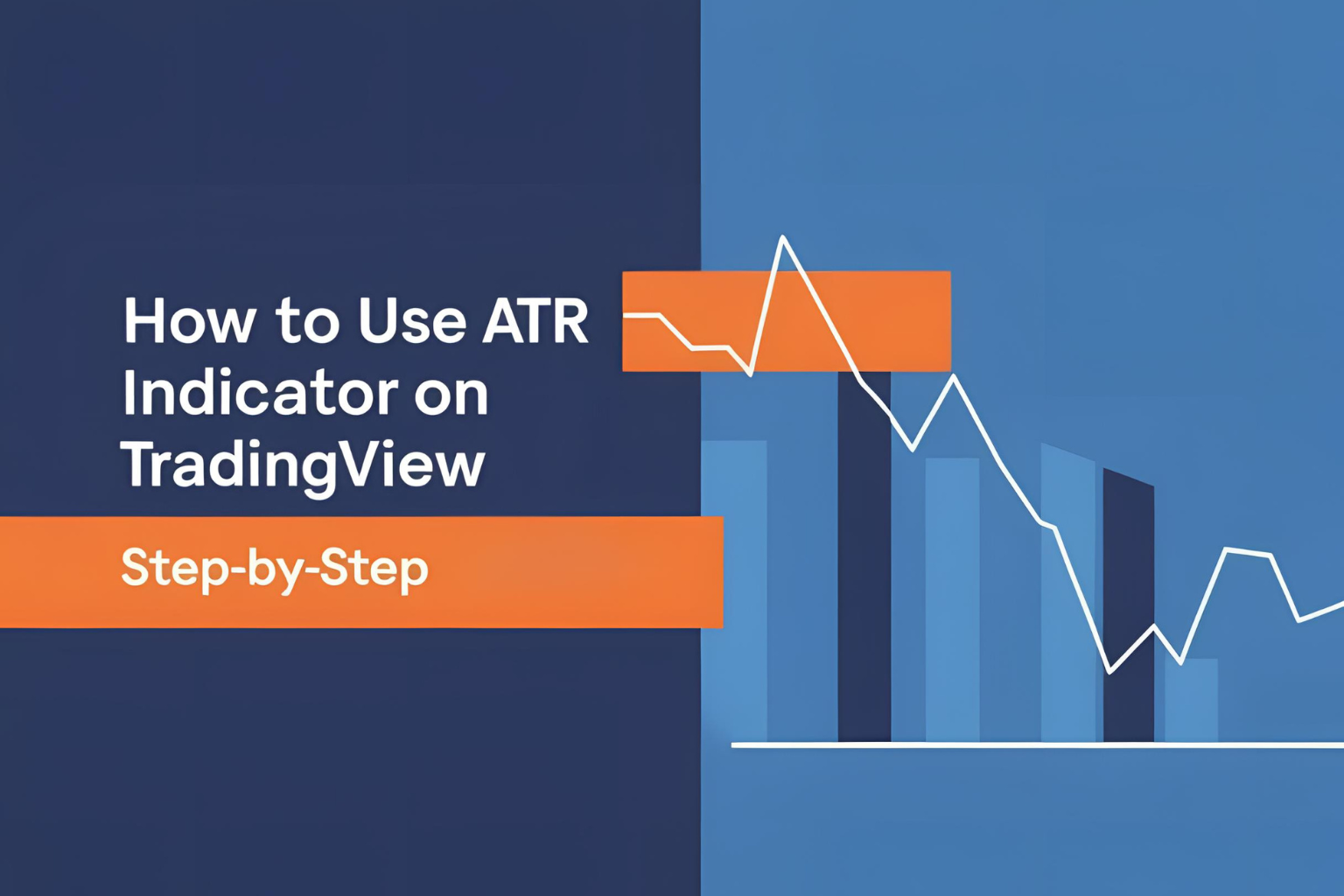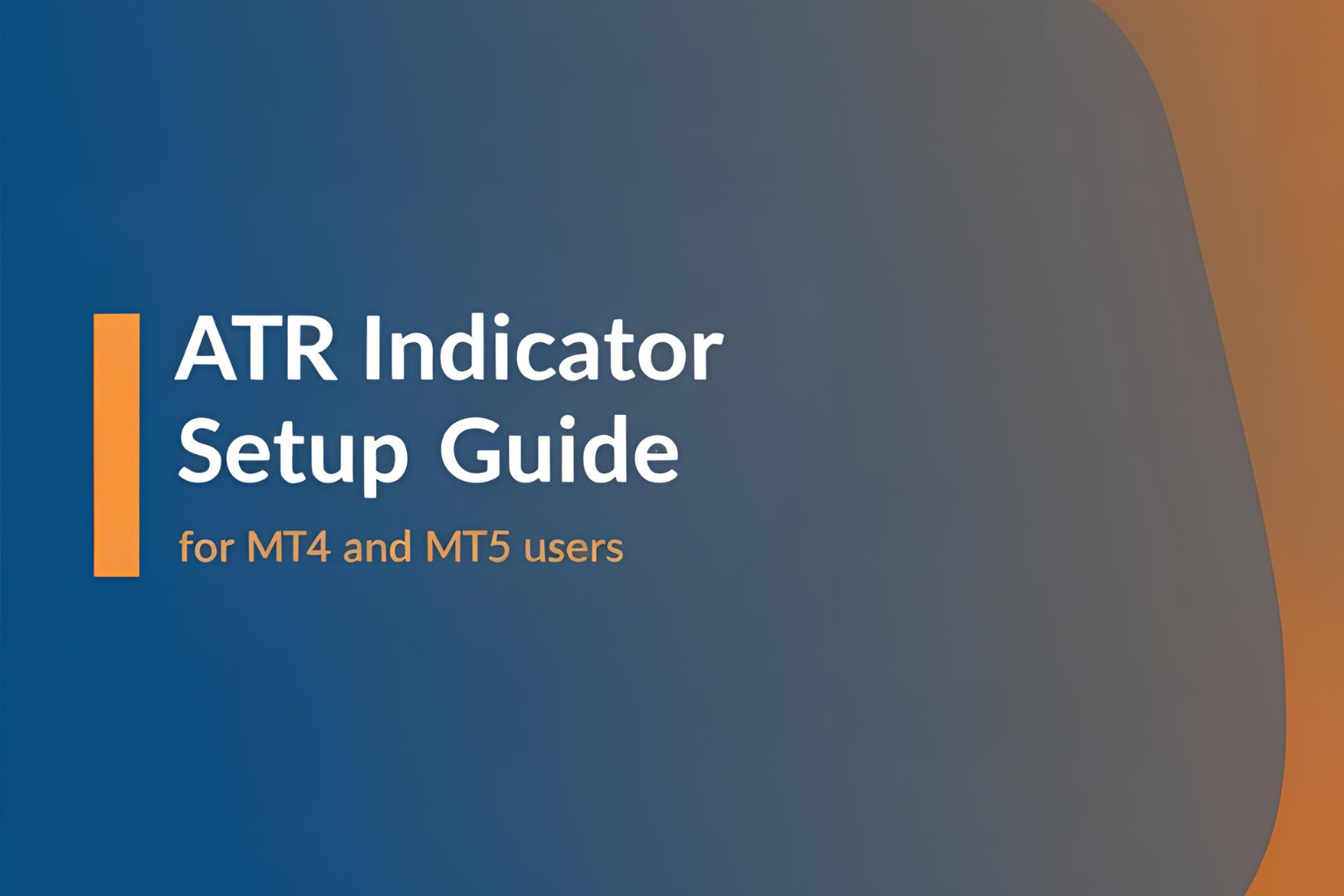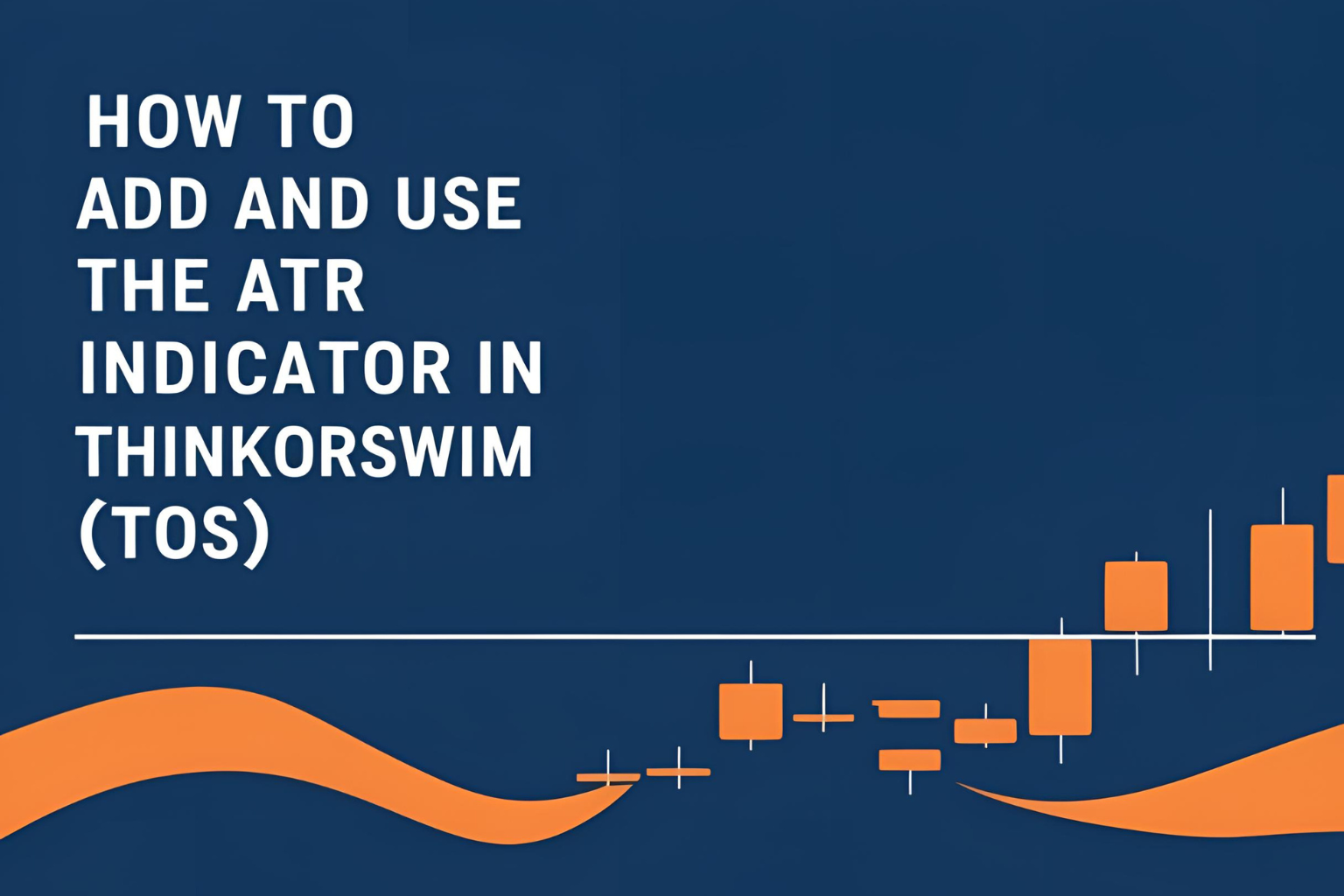
How to Read ATR Range Accurately for Trading Decisions
The ATR (Average True Range) indicator tells you how much an asset typically moves over a set period. But simply knowing the value isn’t enough—you need to know how to read the ATR range and apply it to your trading decisions effectively.
In this post, we’ll show you how to read and interpret ATR like a pro to improve your entries, exits, and risk management.
What Is the ATR Range?
The ATR range is a numeric value that represents the average price movement (in points, pips, or units) of an asset over a chosen number of periods.
For example:
- If ATR(14) = 2.5 on a daily chart, it means the asset moves about 2.5 points per day on average.
How to Read the ATR Value Accurately
🔹 Low ATR Value
- Indicates low volatility
- Price moves are smaller and more stable
- Signals sideways or range-bound markets
- Not ideal for breakout or momentum strategies
🔹 High ATR Value
- Indicates high volatility
- Price is moving sharply within the period
- Ideal for breakout trades or fast scalping
- Can also mean increased risk
Context Matters: Compare ATR with Price
- If price is consolidating but ATR is rising → volatility may soon break out
- If price is trending and ATR is increasing → trend is likely strong
- If price is trending but ATR is falling → trend may be weakening
Always interpret ATR in the context of price action, not in isolation.
Use ATR Range for Strategic Decisions
✅ 1. Set Stop-Loss and Take-Profit
- Use 1.5× or 2× ATR for stop-loss
- Use 2× to 3× ATR for realistic take-profit targets
✅ 2. Choose Entry Opportunities
- Wait for ATR expansion if trading breakouts
- Avoid low ATR values when seeking big moves
✅ 3. Determine Position Size
- Lower ATR = potentially larger position (less risk per unit)
- Higher ATR = smaller position (to maintain same risk)
Example: How to Apply ATR Reading
- Stock XYZ on 1-hour chart
- ATR(14) = ₹3
- Entry = ₹150
- Stop-loss = ₹145.5 (1.5 × ATR below entry)
- Target = ₹156 (2 × ATR above entry)
This ensures the trade setup is realistic, volatility-adjusted, and disciplined.
Pro Tips for Reading ATR Range
- Watch ATR spikes around news releases or opening sessions
- Use moving averages or trendlines to support ATR reading
- Use multi-timeframe ATR analysis to align short-term setups with higher trends
Conclusion
Being able to read the ATR range accurately is key to making confident, well-informed trading decisions. Whether you’re looking for the best time to enter, setting safe stops, or filtering out choppy markets, ATR gives you a clear view of market rhythm. Just remember—ATR tells you how much the price moves, not which direction it will go.
✅ FAQs
1. What does the ATR range show?
It shows the average price movement of an asset over a set number of periods.
2. How do I know if ATR is high or low?
Compare the current ATR to its past values on the same timeframe.
3. What is a good ATR for trading?
There’s no absolute number—what’s important is how it compares to historical volatility.
4. Can I use ATR to avoid false breakouts?
Yes. Wait for ATR to rise during a breakout to confirm strong price movement.
5. Does ATR change across timeframes?
Yes. ATR values are specific to the chart timeframe being used.

